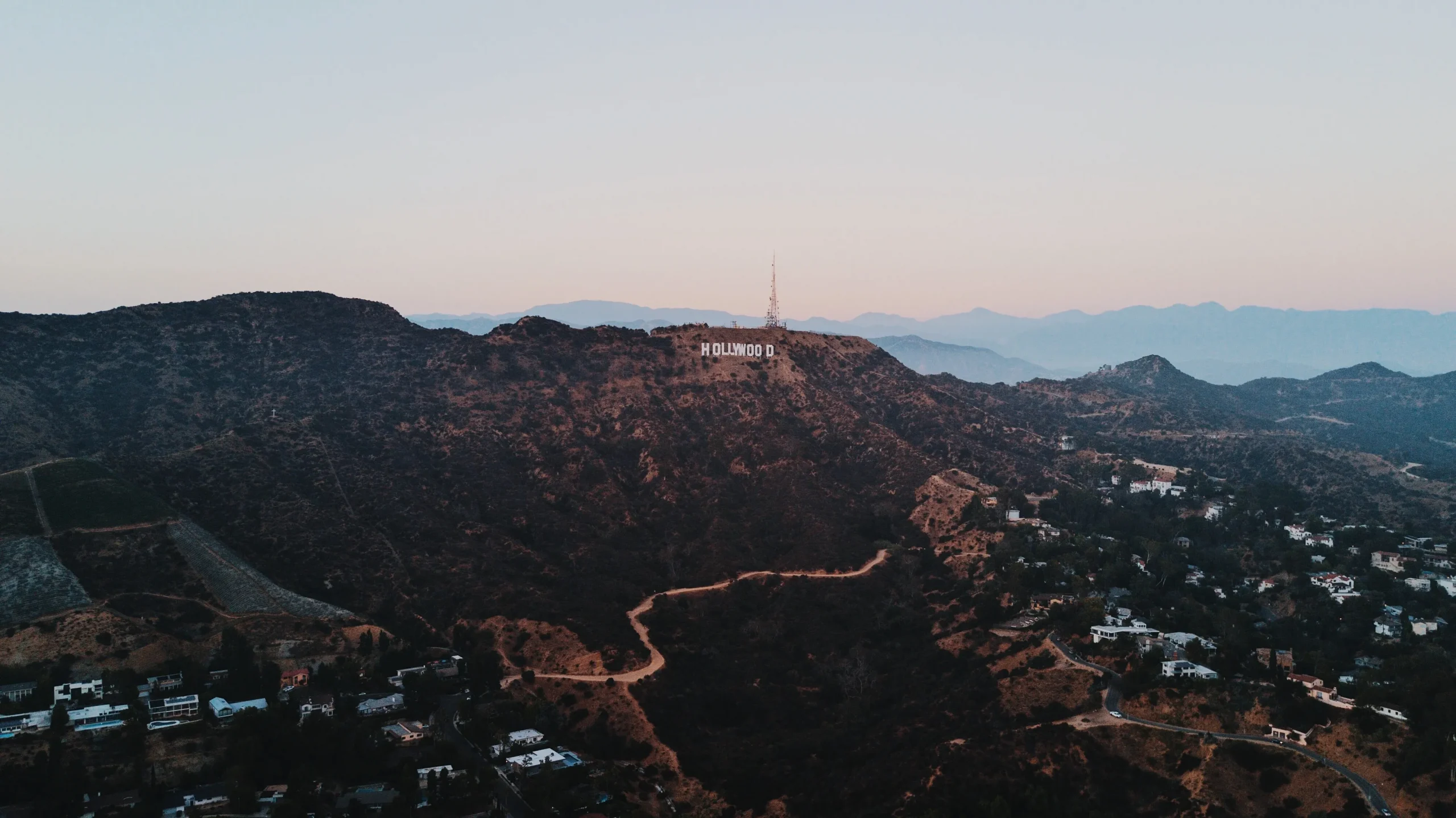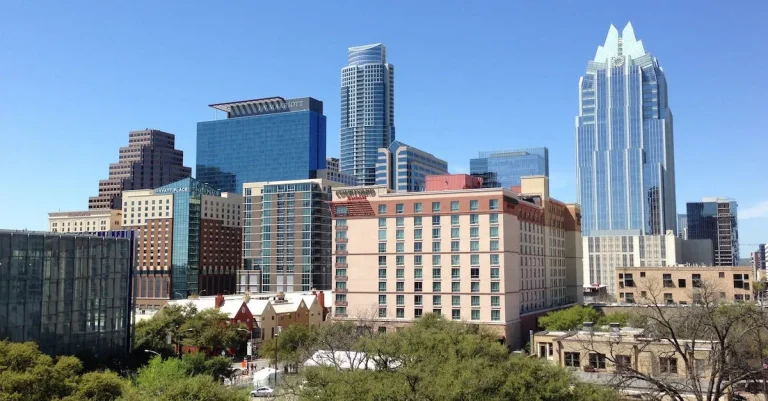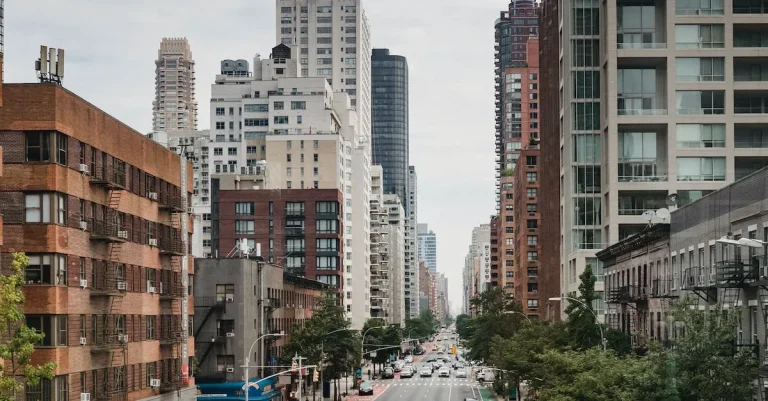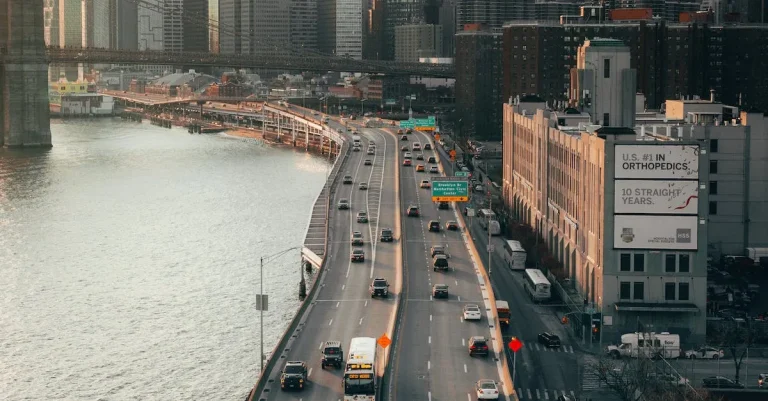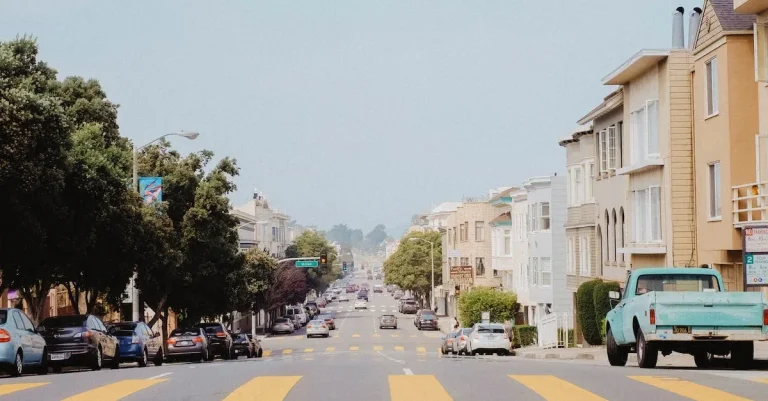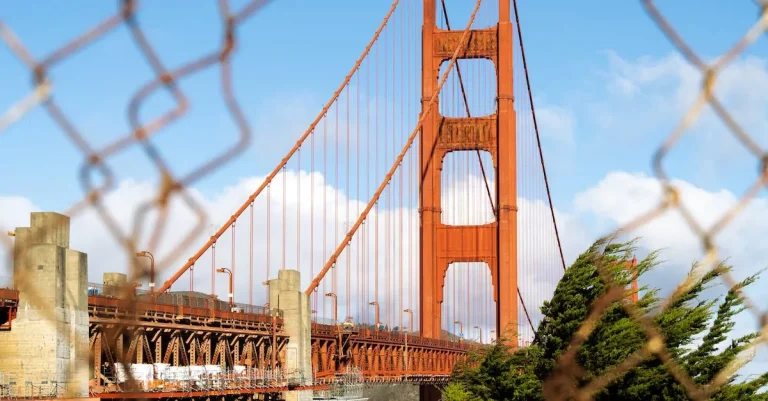Los Angeles 100 Years Ago: From Orange Groves To Hollywood’S Golden Age
Step back in time to Los Angeles 100 years ago, in the early 1920s. If you’re short on time, here’s a quick answer: LA transformed from a farming town to a booming metropolis, drove the golden age of Hollywood, and saw the rise of aviation, oil, and car culture.
This comprehensive guide will transport you back to LA in the roaring 1920s. You’ll learn about the city’s agricultural roots, nascent film and oil industries, architecture, transportation, culture, and more. By the end, you’ll have a vivid picture of life in LA 100 years ago.
From Orange Groves to Urban Sprawl
Los Angeles, a city known for its glitz and glamour, has come a long way from its humble beginnings as a land of orange groves. Over the past century, it has transformed into a sprawling metropolis that is home to millions of people and the epicenter of the entertainment industry.
This article explores the journey of Los Angeles from its agricultural roots to the bustling urban landscape it is today.
Agricultural Roots
Before becoming the entertainment capital of the world, Los Angeles was primarily an agricultural region. In the late 19th and early 20th centuries, the city was dotted with vast orange groves that stretched as far as the eye could see.
The mild climate and fertile soil made it an ideal location for citrus farming, and the orange industry thrived. At one point, Los Angeles was responsible for producing a significant portion of the nation’s oranges.
However, as the city grew and urbanization took hold, the orange groves gradually disappeared. The demand for land to accommodate the burgeoning population and expanding industries led to the conversion of farmland into residential and commercial areas.
Today, only a few remnants of the city’s agricultural past can be found, such as the historic Rancho Los Alamitos in Long Beach.
Population Growth
Los Angeles experienced significant population growth during the 20th century, propelling it from a small town to a bustling city. The combination of favorable climate, job opportunities, and the allure of the entertainment industry attracted people from all walks of life.
Immigrants seeking a better life flocked to the city, adding to its diverse cultural fabric.
According to the U.S. Census Bureau, the population of Los Angeles in 1920 was approximately 576,000. By 2020, that number had soared to over 3.9 million, making it the second most populous city in the United States.
The rapid population growth presented numerous challenges for the city, including the need for infrastructure development, housing, and transportation.
Suburban Expansion
As the population of Los Angeles continued to grow, the city expanded outward, giving rise to sprawling suburbs. The development of an extensive freeway system in the mid-20th century made it easier for people to commute to the city center, leading to the rise of suburban living.
Suburbs such as Beverly Hills, Santa Monica, and Pasadena became sought-after residential areas, attracting families and individuals seeking a quieter lifestyle.
The suburban expansion also had an impact on the city’s landscape. Open spaces and farmland were gradually replaced by residential neighborhoods, shopping centers, and commercial districts. The iconic Hollywood sign, once a symbol of the city’s entertainment industry, became a visual reminder of the urban sprawl that characterized Los Angeles.
Today, Los Angeles continues to evolve and adapt to the ever-changing needs of its residents. While the orange groves may be long gone, the city’s rich history and cultural heritage can still be found in its neighborhoods, museums, and landmarks.
Hollywood’s Golden Age
The Golden Age of Hollywood refers to a period in the early 20th century when the film industry in Los Angeles experienced unprecedented growth and creativity. This era saw the birth of the modern entertainment industry as we know it today, with Hollywood becoming the epicenter of filmmaking and the home of movie stars.
The Film Industry Takes Off
The early 1900s marked the rapid development of the film industry in Los Angeles. With its year-round sunshine and diverse landscapes, the region provided an ideal backdrop for filmmakers. The establishment of major movie studios, such as Paramount Pictures, Warner Bros., and Universal Pictures, solidified Los Angeles’ position as the entertainment capital of the world.
During this time, the demand for movies grew exponentially, both domestically and internationally. Hollywood films became a popular form of entertainment, attracting audiences from all walks of life. The introduction of sound in movies revolutionized the industry, leading to the production of iconic films like “Gone with the Wind” and “Casablanca.”
Iconic Early Movie Studios
Several iconic movie studios emerged during Hollywood’s Golden Age. These studios played a crucial role in shaping the film industry and producing some of the most memorable movies of all time.
- Paramount Pictures: Founded in 1912, Paramount Pictures is one of the oldest and most successful film studios in Hollywood. It has been responsible for producing numerous classic films, including “The Godfather” and “Titanic.”
- Warner Bros.: Established in 1923, Warner Bros. played a vital role in the development of sound in movies. It produced legendary films like “The Wizard of Oz” and “Casablanca.”
- Universal Pictures: Founded in 1912, Universal Pictures is known for its contributions to the horror genre, including iconic films like “Dracula” and “Frankenstein.”
Celebrities and Film Culture
Hollywood’s Golden Age was also characterized by the rise of celebrity culture. Movie stars became household names and were idolized by millions of fans around the world. Icons like Marilyn Monroe, Charlie Chaplin, and Audrey Hepburn captured the public’s imagination and left an indelible mark on the film industry.
The popularity of movies led to the creation of glamorous events like the Academy Awards, which celebrated the achievements of actors, directors, and other industry professionals. The Hollywood Walk of Fame, with its iconic stars embedded in the sidewalk, became a symbol of stardom and a major tourist attraction.
Transportation Innovations
Los Angeles, 100 years ago, witnessed a dramatic transformation in transportation that would shape the city’s future. From the rise of the automobile to groundbreaking aviation milestones and the development of a growing freeway system, transportation innovations played a crucial role in shaping the city’s identity.
Rise of the Automobile
The early 1900s marked the beginning of a new era as automobiles started to dominate the streets of Los Angeles. As the popularity of cars soared, the city’s landscape rapidly changed. Once filled with orange groves and horse-drawn carriages, Los Angeles began to accommodate the increasing number of automobiles.
This shift led to the development of paved roads, traffic signals, and parking lots throughout the city. The automobile industry also played a significant role in the growth of Los Angeles’ economy, with car manufacturing plants and related industries providing jobs for thousands of residents.
Aviation Milestones
Los Angeles also witnessed significant advancements in aviation during this period. The city became a hub for aviation pioneers and innovators, attracting the likes of Amelia Earhart and Howard Hughes.
In 1927, Charles Lindbergh completed his historic solo flight from New York to Paris, capturing the world’s attention and solidifying Los Angeles’ position as an aviation center. This milestone paved the way for further developments in aviation technology and led to the establishment of airports such as Los Angeles International Airport (LAX), which has since become one of the busiest airports in the world.
Growing Freeway System
One of the most notable transportation innovations in Los Angeles was the development of a growing freeway system. As the city’s population and suburbs expanded, the need for efficient transportation became evident.
In the 1940s and 1950s, Los Angeles embarked on an ambitious freeway construction project. The construction of iconic freeways like the Santa Monica Freeway (I-10) and the Hollywood Freeway (US-101) helped connect different parts of the city and facilitated the movement of people and goods.
Today, Los Angeles is known for its extensive freeway system, although it also faces challenges such as traffic congestion and the need for sustainable transportation alternatives.
Architecture and Infrastructure
Los Angeles, 100 years ago, was a city on the brink of transformation. As the population grew and industries flourished, the city’s architecture and infrastructure underwent significant changes that would shape its future as the entertainment capital of the world.
Downtown Landmarks
One of the most notable aspects of Los Angeles’ architectural development was the rise of downtown landmarks. The iconic Bradbury Building, built in 1893, showcased the city’s commitment to innovation and grandeur.
The building’s ornate ironwork and stunning atrium made it a popular location for movies and television shows, including the classic film “Blade Runner.”
Another downtown landmark that emerged during this time was the Los Angeles City Hall, completed in 1928. This majestic building, with its distinctive Art Deco style, became a symbol of the city’s progress and power. It still stands today as a testament to the city’s rich architectural heritage.
Residential Styles
While downtown Los Angeles was experiencing a rapid growth in commercial architecture, the city’s residential areas were also evolving. The Craftsman-style homes, characterized by their low-pitched roofs and wide front porches, became increasingly popular.
These homes, often surrounded by lush gardens and shaded by large trees, provided a sense of tranquility and charm in the midst of a bustling city.
As the film industry began to take hold in Los Angeles, the city attracted a new wave of residents seeking fame and fortune. The Hollywood Hills became home to luxurious mansions and estates, designed to showcase the wealth and glamour of the movie stars who lived there.
These homes, with their breathtaking views of the city below, became synonymous with the golden age of Hollywood.
Port and Harbor Expansions
Los Angeles’ strategic location on the Pacific coast made it an ideal hub for trade and commerce. In the early 20th century, the city’s port and harbor underwent major expansions to accommodate the growing shipping industry.
The construction of the San Pedro Breakwater, completed in 1911, created a protected harbor that allowed larger ships to dock and unload their cargo.
The expansion of the port led to a significant increase in trade and economic prosperity for Los Angeles. The city became a major player in the global shipping industry, with goods flowing in and out of its bustling docks.
Today, the Port of Los Angeles is one of the busiest ports in the world, handling millions of containers each year.
For more information on the history of Los Angeles’ architecture and infrastructure, you can visit the Los Angeles Conservancy website. They provide a wealth of resources and guided tours that allow visitors to explore the city’s rich architectural heritage.
Culture and Lifestyle
The Roaring Twenties
The 1920s, known as the Roaring Twenties, was a transformative era for Los Angeles. With the advent of the film industry and the rise of Hollywood, the city became the entertainment capital of the world.
People flocked to Los Angeles to chase their dreams of stardom, and the city’s cultural scene flourished. Jazz music filled the airwaves, flapper fashion was all the rage, and the nightlife was vibrant and exciting.
Los Angeles was a city on the rise, and its culture reflected the energy and optimism of the time.
Seaside Resorts and Recreation
One of the major draws of Los Angeles in the early 20th century was its beautiful beaches and seaside resorts. People flocked to places like Santa Monica and Venice Beach to relax, sunbathe, and enjoy the ocean.
These resorts offered a wide range of recreational activities, including swimming, surfing, and beachside amusement parks. The beach culture in Los Angeles became an integral part of the city’s identity, and it continues to be a major attraction today.
Prohibition and Speakeasies
During the 1920s, the United States implemented Prohibition, which banned the sale and consumption of alcoholic beverages. However, this did not stop Angelenos from finding ways to indulge in their favorite libations.
Speakeasies, secret underground bars and clubs, popped up all over the city, offering a hidden refuge for those looking to enjoy a drink. These establishments became hotspots for socializing, dancing, and live entertainment.
Prohibition may have tried to dampen the spirit of Los Angeles, but it only fueled the creativity and resilience of its residents.
For more information about the history of Los Angeles in the 1920s, you can visit https://www.laconservancy.org/ or https://www.laalmanac.com/.
Conclusion
In just a few decades, Los Angeles transformed rapidly from a provincial farming town to a global metropolis. By looking back 100 years ago to the 1920s, we can better understand LA’s foundations and evolution into the massive, influential city it is today.
We hope this glimpse into LA’s past paints a detailed portrait of what life was like in the booming young city. Let us know if you have any other questions about LA’s history!

